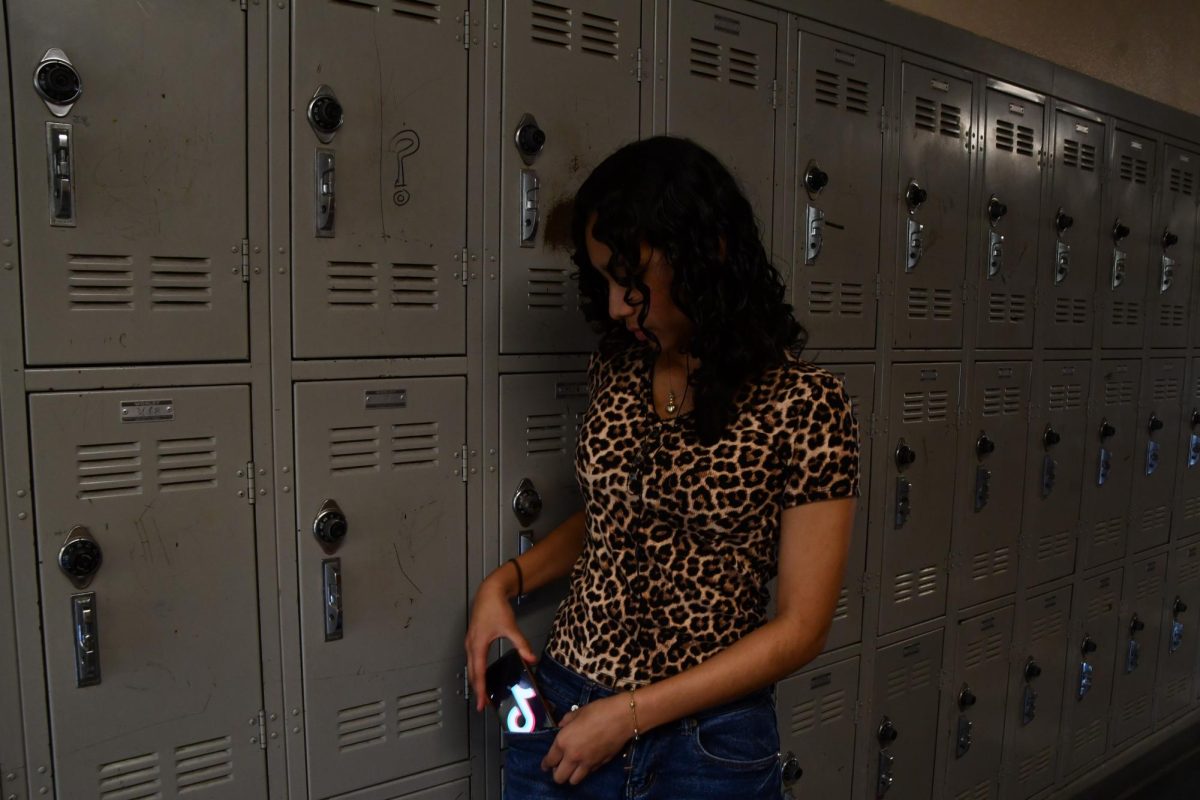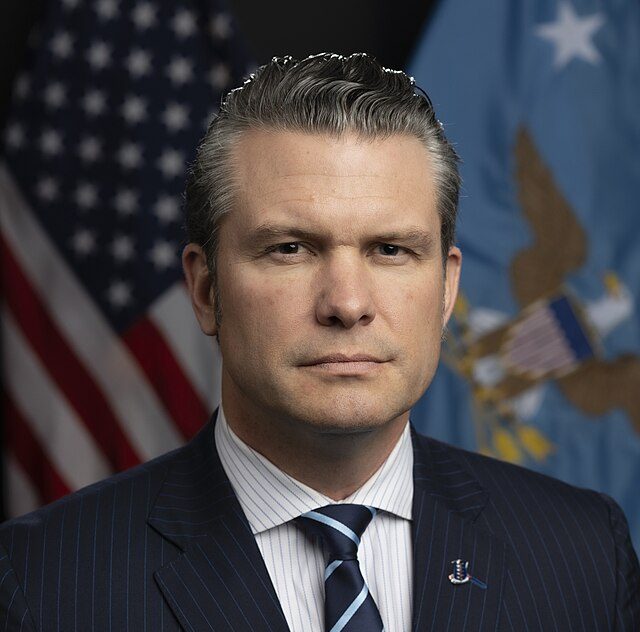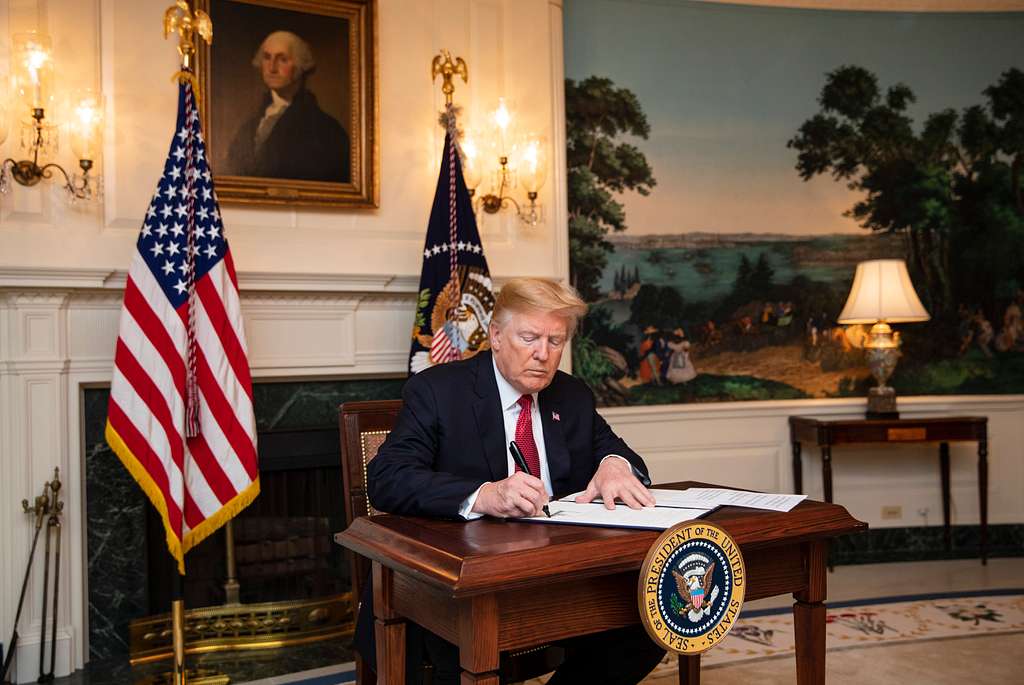The History Behind Daylight Savings Time
As people from the United States set their clocks one hour forward for Daylight Savings Time, let’s look at why the U.S. implemented this and what students and staff think.
Daylight Savings Time starts this Sunday, March 8.
Mar 6, 2020
Every year around spring and summer, we set our clocks one hour forward.
To many, this is called daylight savings (DST), but it may also be called “summer time” in other places around the world. By participating in daylight savings, over 70 countries including Europe and North America give an extra hour of sunlight during the evening.
When fall rolls back around, however, the clocks set back an hour again losing an hour.
During fall and winter, the sun goes down earlier than we’re used to.
During spring and summer the sun goes down later so that we have “more time” for our outdoor activities. The purpose for the change is so that we’re able to make better use of daylight.
Henry Mejia, a sophomore at Van Nuys, said,”I like daylight savings because it gives an extra hour of sleep, and I love sleeping. My soccer games are also right around sunset which isn’t that late during the winter so it helps me get tired and sleep earlier.”
One of our school’s Security guards, Joe Avila, said,” We should just keep the days longer because we can benefit from the sunlight. We’d be able to save and conserve energy. This energy would benefit farms and the crops.”
This time change will allow for that extra hour of sleep to stay in bed.
The idea initially came from Benjamin Franklin’s essay called “An Economical Project” then the idea was put forth by William Willet in an effort to conserve fuel to produce energy.
The idea was not used regularly until more than a century later.
It was officially adopted in multiple countries in 1916, such as Belgium, France, and London.
Although the practice of this time change was inconsistent when it was established, the standardization was continually encouraged by transportation industries.
Daylight savings has been regulated in the U.S. since World War 1.
There are a few states that don’t participate and would rather stay on standard time year round like Arizona and Hawaii.
President George W. Bush decided that he’d extend DST by four more weeks. This decision was taken into effect in 2007.
Since President Bush’s decision, we haven’t made any changes to our yearly routine. It is known as the “March-November system”
Some states like California and Florida are looking to apply DST yearly instead of the system we’ve been using since 2007.
This year, 2020, we will set our clocks forward on March 8th and set them back again on November first, losing one hour of sleep
Whether daylight savings actually helps preserve electricity or not is widely debated throughout the world. No one is sure that this is the most efficient way to conserve electricity use either.
A freshman gives his opinion on the upcoming time change and he says,”I think daylight savings saves a lot of our energy we could’ve used in the winter for the summer and I think that it really isn’t a problem to others rather than it might cause less sleep, but only by an hour so it isn’t that bad.”








